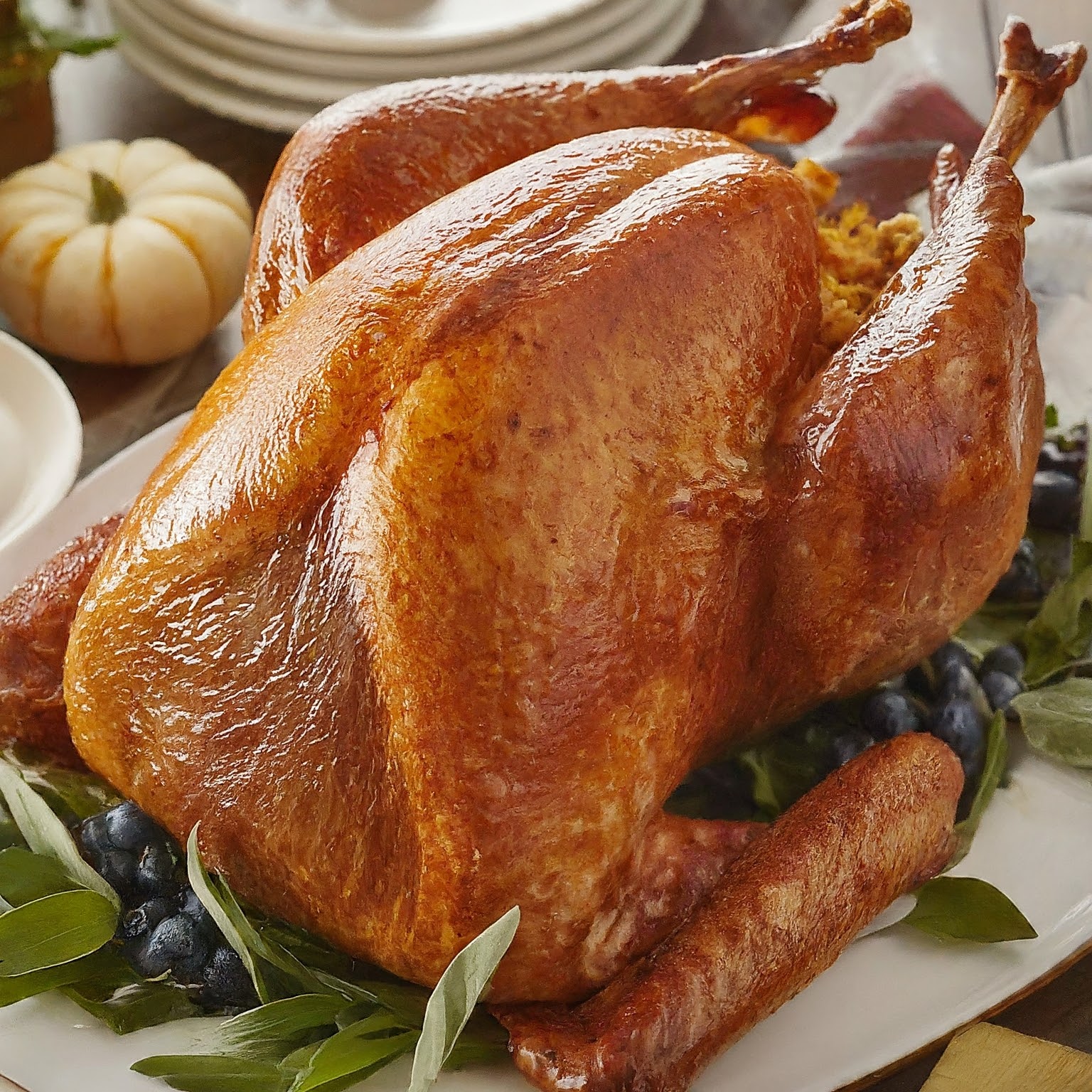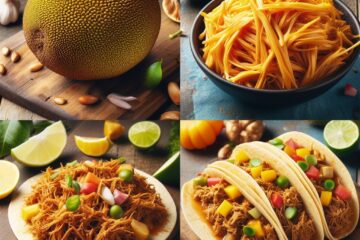Thanksgiving wouldn’t be complete without a centerpiece worthy of the occasion: a perfectly cooked, juicy, and flavorful turkey. Whether you’re a seasoned cook or a first-timer approaching the Thanksgiving turkey with a dash of trepidation, this comprehensive guide empowers you to master every step of the process, from choosing the right bird to carving it like a pro.
Choosing Your Thanksgiving Turkey:
The journey begins with selecting the perfect turkey. Consider these factors:
- Size: Estimate 1-1.5 pounds of raw turkey per person. Remember, factor in stuffing or cavity vegetables.
- Fresh or frozen: Fresh turkeys generally offer a slightly better flavor, but frozen is readily available and can be brined for extra moisture.
- Organic or conventional: Choose based on your preference and budget.
Brining: A Flavor and Moisture Booster:
Brining is an optional step that involves soaking the turkey in a seasoned water solution (brine) for several hours. This process helps:
- Enhance flavor: The brine penetrates the meat, infusing it with deeper flavors.
- Increase moisture: Brining helps retain moisture during cooking, resulting in a juicier turkey.
While not essential, brining can significantly elevate your turkey’s quality. Several brining methods exist, from simple overnight brines to more involved recipes. Choose one that suits your time constraints and preferences.
Roasting: The Art of Golden Perfection:
Roasting is the primary cooking method for Thanksgiving turkeys. Here are key steps and tips:
- Preheat the oven: Aim for a temperature between 325°F and 350°F, depending on the size of your turkey and your recipe.
- Prepare the turkey: Pat the turkey dry, season generously with salt and pepper, and stuff the cavity if desired.
- Trussing (optional): Trussing helps the bird maintain its shape while cooking. However, it’s not essential and can be skipped.
- Basting (optional): Basting the turkey with melted butter or pan drippings adds a touch of moisture and flavor, but isn’t necessary for perfectly cooked meat.
- Cooking time: The cooking time varies depending on the turkey’s weight. Use a meat thermometer to ensure the internal temperature reaches 165°F in the thickest part of the thigh.
Carving Like a Pro: The Grand Finale:
Carving the turkey is an impressive skill to master, and it’s easier than you might think!
- Let the turkey rest: Allow the turkey to rest for at least 20 minutes after roasting. This allows the juices to redistribute, resulting in a more flavorful and tender bird.
- Gather your tools: Use a sharp carving knife and a sturdy fork.
- Start with the legs and thighs: Separate the drumsticks and thighs from the body, then remove the wings.
- Slice the breast: Carefully slice the breast meat against the grain, creating thin, even slices.
Leftover Magic: Creative Uses for Leftover Turkey:
Thanksgiving celebrations often result in delicious leftovers. Don’t let them go to waste! Here are some creative ideas:
- Turkey sandwiches: Use leftover turkey for classic Thanksgiving leftover sandwiches or experiment with different breads, spreads, and toppings.
- Turkey pot pie: Transform leftover turkey into a hearty and comforting pot pie.
- Turkey chili: A flavorful and protein-packed chili using leftover turkey, beans, vegetables, and spices.
- Turkey enchiladas: Spice things up with flavorful turkey enchiladas, a versatile and delicious way to use leftovers.
Mastering Thanksgiving Turkey: A Rewarding Experience:
With this comprehensive guide, you’re well-equipped to conquer the Thanksgiving turkey. Remember, the key is to plan ahead, use quality ingredients, and follow the steps meticulously. With a little practice and the tips provided, you’ll be carving a perfect Thanksgiving turkey and impressing your guests like a culinary pro!




